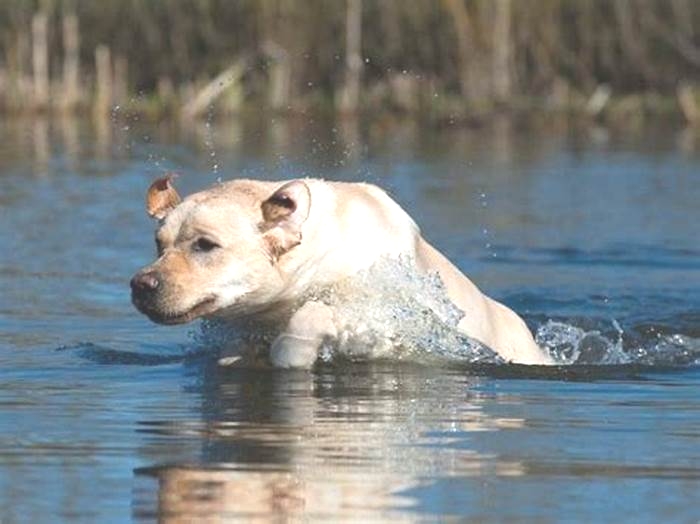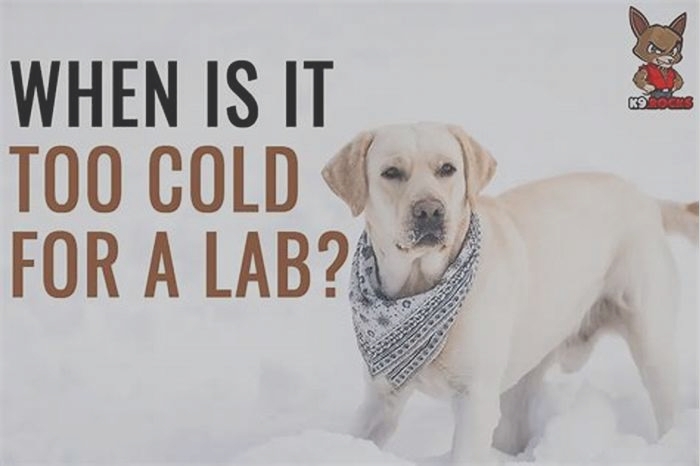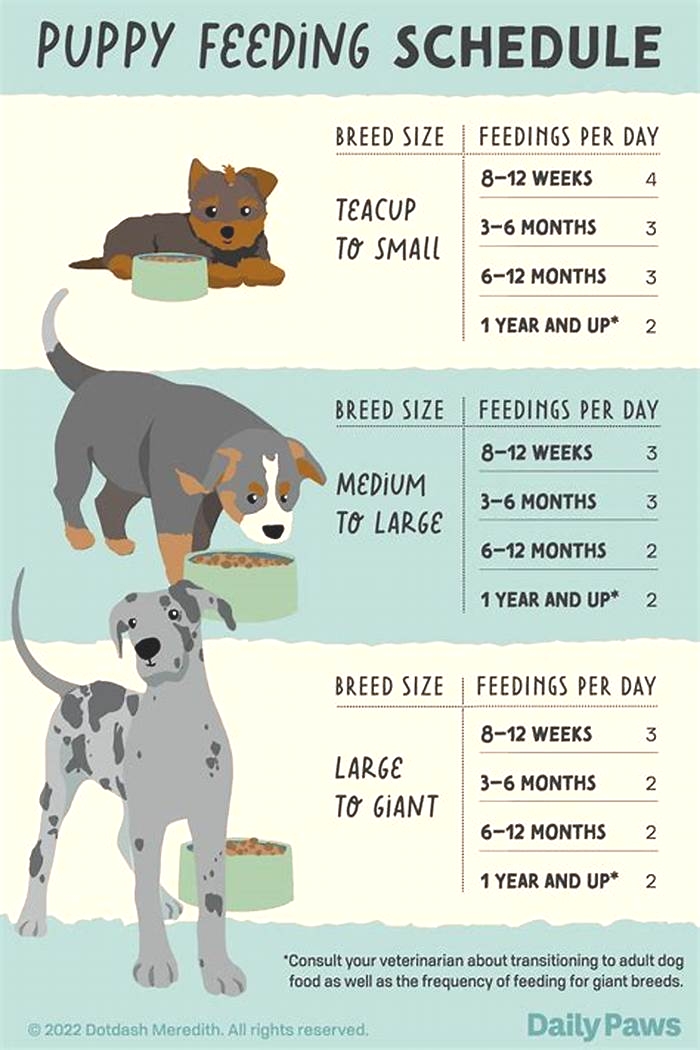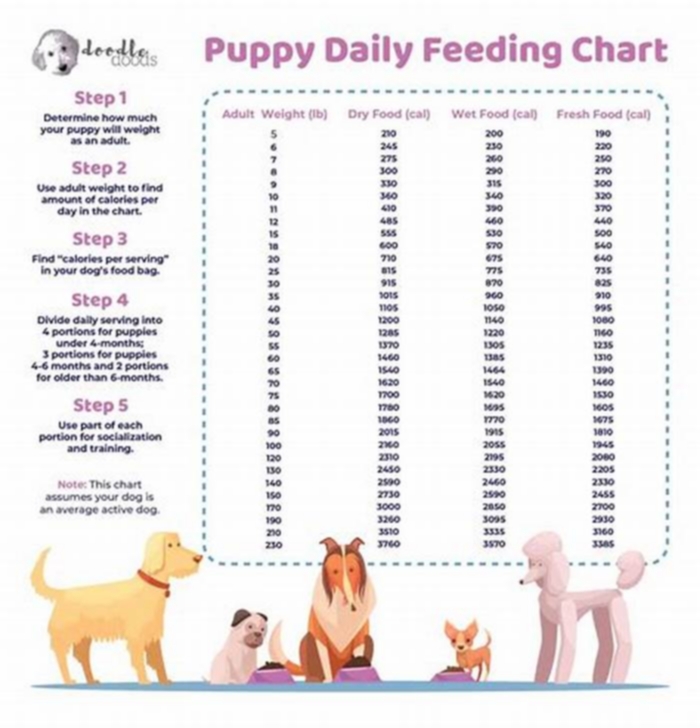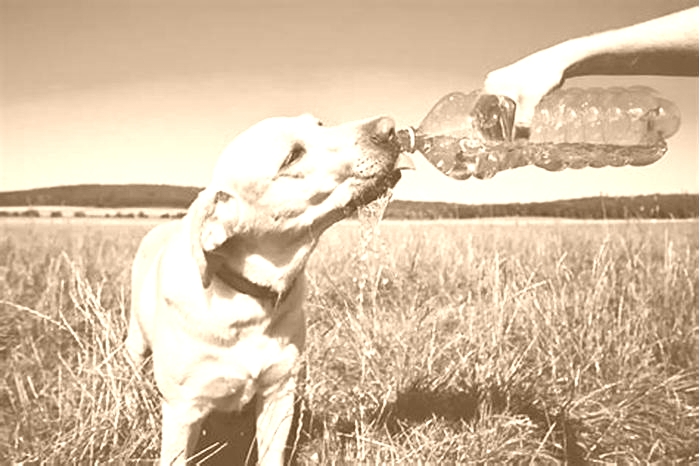Do Labradors get cold at night
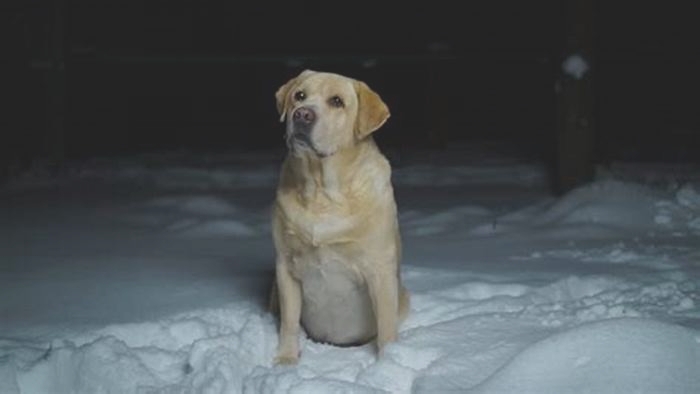
Do Labradors Get Cold in Winter?
Labradors are known to be outside dogs. But some people worry whether or not their Labradors get cold in winter. On the other hand, some people are completely unaware that their dog may feel too cold in the winter. If you own a Labrador and live in a place where cold weather comes around quite often, then this article is a must-read for you. We will cover a wide range of topics that are related to Labradors and cold weather.
The cold origins of the Labradors Retriever
The Labrador Retriever breed found its genesis in Newfoundland in the country of Canada. These dogs grew up learning how to swim in Newfoundland, where the water temperature most of the time stays between 32 degrees Fahrenheit (zero degrees Celsius) and fifty-six degrees Fahrenheit (thirteen degrees Celsius).
Initially, the Labrador was not known as the Labrador. Rather, it was known as the St. Johns dog. The island of Newfoundland was settled by fishermen from Britain and their St. Johns dogs. These dogs were an active part of the fishing industry. They would not only help in pulling the nets that were filled with fish; they would readily jump in the frosty, icy water to catch the fish that had gotten off the hook. So, from the start, Labradors have not only had a rather high tolerance for cold weather but rather enjoy the cold.
The double coat of a Labrador
Most people that own a Labrador complain about how much fur they shed. Little do these people know that the coat of a Labrador is a rather special one. This coat keeps your beloved Labrador warm in winter and cools in summer. How does it do that? Well, its coat is not simple. Rather, it is a double coat.
The top layer is called the Guard or the Topcoat, it is made of rough and glossy hair that protects the undercoat from the elements. The Undercoat does the magic, it is the one that keeps your Labrador warm in the winters and cools in the summers. It is never suggested that you shave your Labrador because this will take away their necessary insulation from heat and cold. Another function of the magical Undercoat is that it keeps the skin of your Labrador dry, even when it is swimming, by repelling away water. So, the icy cold water or weather never touches the skin of your Labrador.
How cold is too cold for Labradors?
To give a generalized answer, most Labradors, especially puppies, will need protection as soon as the temperature falls below 35 degrees Fahrenheit. All dogs, even those immune to cold weather, will start to feel the cold when the temperature falls below 20 degrees Fahrenheit.
Remember to take into account the wind chill factor, if you are spending time outside with your dog during the winter. For example, The temperature of, lets assume, 24 degrees Fahrenheit, might not make your Lab cold, but pair this temperature with a chilly wind, that will directly hit your dogs skin, and this temperature will feel quite cold for it.
Effects of cold in Labs of different age groups
Generally, puppies and very old dogs need more care than young ones. This is because young dogs are healthier and more active, but this does not mean they will not get sick. Labradors, being cold dogs by nature, can survive cold weather easily, but extremely chilly weather will take a toll on your dogs health. It is always necessary to take the necessary precautions to make sure that your dog does not get cold, frostbite, or hypothermia. Sick Labradors need special care in the cold, as their immune system is weak and can not easily fight off diseases. Hence, keep your old and sick dogs warm enough to be comfortable. Better to be safe than sorry.
Is it safe for Labradors to sleep outside in cold weather?
It depends from Labrador to Labrador, whether or not it is comfortable sleeping outside in the cold. Some might be fine with it, while others may not be. This, in turn, also depends on various factors that should be taken into consideration:
Cloud cover: a clear night will be much colder than a cloudy one.
Dampness: if your dog is wet from a swim or bath, then its better to keep it inside.
Conditioning: If your dog stays outside for a long time, then it will be ok with sleeping in the cold.
Weight: Labs with more fat will be more comfortable as fat is excellent insulation against cold
Age: old Labs and very young ones should not be left out in the cold as they can not regulate their body temperatures like dogs in their prime can.
Sickness: sick dogs should never be left out in the cold as they catch diseases easily.
Care tips for Labs during cold weather
There are a few care tips that should be carried out to take proper care of your Lab in winter.
Provide nutritious food and plenty of water
It is a fact that shivering uses up more calories than just sitting still. If more of your dogs calories are being consumed, then you should add extra food to your dogs diet to make up for the extra calories used.
Your dog can easily get dehydrated in cold weather. You need to make sure that your dog has fresh, unfrozen water to drink whenever it wants. Make sure your dogs stomach is full and that your dog is hydrated.
Click here to find the best quality food for your Labrador
Use insulated kennels
Using the right kennels will make your dog comfortable and warm. You can buy an insulated kennel or a doghouse that will keep your dog warm while also providing comfort. A proper doghouse will keep your Lab cool in summer and warm in winter. The doghouse or kennel should have a comfortable surface for your dog to sleep on and should be warm enough as most of the body heat is lost through the ground. The doghouse or kennel should be spacious enough for your dog to stand up, stretch, turn around, and lie down.
Filter Categories
Filter - All
Insulated Dog House
Insulated Kennel Cover
Get a vet checkup before the winter
It is important to know where your Lab stands in terms of health, especially before the cold months round in. Health problems like arthritis can aggravate your dog due to cold temperatures. It is extremely important to be aware of your dogs health condition.
Provide shelter from the wind, snow, and rain
Make sure that your Lab has proper shelter from the cold temperatures and the snow, rain, or wind that comes with it. That does not mean just having a doghouse. The doghouse should be properly built and shouldnt easily fall over. It should have a heavy-duty flap to keep the wind out and have a warm and comfortable surface for your dog to rest on.
Limit time outside
You have to limit your dogs usual time outside in winter. Being outside for long periods in cold temperatures is detrimental to your dogs health and can cause health issues like frostbite. Hence, your Labs time outside should be limited in winter.
Related post: Are Labrador Retrievers Outside Dogs?
Special considerations for dogs that spend prolonged time outside
Dogs that are in the habit of spending prolonged time outside should have proper protective gear in winter, such as sweaters, coats, etc. Moreover, keep yourself updated about your dogs health to make sure that your dog is not sick from the cold.
Be aware of frostbite
Frostbite occurs when low temperatures cause extremities to freeze. Even dogs with thick furs are not immune to frostbite. By avoiding prolonged exposure to cold, frostbite is less likely to happen. Even if the dog wants to go outside, make sure that it has a layer of protection through coats or jackets on it. Dogs with chronic illnesses such as diabetes or heart disease are more at risk of frostbite.
Winter outdoor gear for dogs
To avoid frostbite and other diseases associated with cold weather, dress up your dogs with a layer of protection through coats and jackets. Make sure that your dogs feet and your dogs chest are covered as these are the most vulnerable to harmful elements and body parts of our dogs. Make sure that your dog is protected from the cold to avoid health issues in your dog.
Filter Categories
Filter - All
Dog Booties
Winter Coat
Although Labradors are known as cold weather dogs or outside dogs, there are various scenarios where they, too, need precautions to avoid health issues. Keep proper care of your Lab in winter, especially very young or old ones. It is better to be safe than sorry.
Related post: LABRADOR HEALTH ISSUES
How Cold Can Labs Handle? (Winter Guide)

Imagine youre wrapped up in your warmest coat, yet you still feel the bite of the winter chill. Now, think about your Labrador, bounding through the snow with seemingly no concern for the cold.
It makes you wonder, just how cold can Labs handle?
In the following guide, were diving deep into the world of Labradors and their resilience against winters harsh embrace. This article is not just a winter guide, its a closer look at ensuring your furry friends safety and comfort during the colder months.
With 20% of dog owners admitting theyre unsure about their pets cold tolerance, understanding the limits can transform your winter walks from worrisome to wonderful.
Well explore signs of discomfort to watch for and practical steps to keep your Lab warm. If youve ever worried about your Labrador in the winter, youre in the right place.
How cold is too cold for a Labrador?

Labrador Retrievers exhibit a notable tolerance to cold temperatures, thanks to their dense, water-resistant double coats which provide substantial insulation against the cold.
- Outer Layer: The waterproof topcoat, helps Labradors stay dry when playing outside, even in cold conditions. It also protects them from snow and ice accumulation.
- Under Layer: The undercoat, a dense layer of short hairs, traps body heat and keeps your Labrador warm. Its essentially like your Lab is always wearing a fluffy sweater!
Despite their robust nature, there is a limit to the cold temperatures Labradors can comfortably endure without risking their health.
The critical temperature threshold for Labradors, below which their health and well-being start to be at risk, is generally around 20F (-6C). When the mercury dips below this level, Labradors can begin to experience the adverse effects of the cold, such as hypothermia and frostbite.
These risks become more pronounced as temperatures fall below 10F (-12C), necessitating short, brisk walks rather than extended periods of outdoor activity.
In extremely cold conditions, specifically when temperatures plummet below 0F (-18C), outdoor exposure should be limited strictly to quick, necessary breaks for bathroom duties.
Body fat plays a crucial role in how well Labradors can handle the cold. More body fat insulates them against cold temperatures, helping them to maintain their body temperature more effectively. Heres where body fat in Labradors may be beneficial:
| Body Fat Level | Cold Tolerance |
|---|---|
| Low (Fit Labradors) | Moderate |
| High (Obese Labradors) | Higher |
Its important to keep a watchful eye on your Labradors behavior in cold weather. Signs of discomfort or reluctance to remain outside are clear indicators that it may be too cold for them.
Shivering, whining, anxiety, or any behavior that suggests distress should be taken seriously, and the dog should be moved to a warmer environment immediately.
Pro Tip: To ensure your Labrador stays comfortable during the colder months, consider providing a warm, cozy bed away from drafts and cold floors.
Our suggestion below is the BarksBar Orthopedic Dog Bed.
The BarksBar Orthopedic Dog Bed offers exceptional comfort and support with its 4-inch orthopedic foam, making it ideal for small to medium-sized dogs, especially those with joint issues. Crafted with quality materials, including a soft polyester cover and cotton-padded rim cushion, it adds a touch of luxury to your home decor and is easy to clean with its removable, machine-washable cover for your dogs comfort.
You can read our topic about dog beds for Labradors for more information!
Ideal Temperature Range for Labradors
Optimal Temperature Range for Labradors
Ever noticed your Labrador happily bouncing around outside during a cool morning, only to get lazy as the day warms up? Thats because Labradors have an optimal temperature range that aligns with their genetic makeup as cold-weather workers.Labradors tolerate temperatures best between 45F and 85F (7C 29C). They can comfortably stay outside within this range, given there is adequate shade and fresh water during the warmer end. Keep in mind that every Labrador is unique, and individual tolerances can vary.
Factors That Affect the Ideal Temperature Range
Several factors can affect a Labradors temperature tolerance:
- Age: Labrador puppies and senior Labradors may struggle with temperature regulation. Theyll need to stay inside the house more during temperature extremes.
- Health Status: If your Labrador is overheating or has a medical condition, it might affect their temperature tolerance. Always consult your vet if youre unsure.
- Coat Color: Theres a slight difference in temperature tolerance between black, chocolate, and yellow Labradors. Dark coats absorb more heat, which can affect comfort during the summer months.
- Acclimatization: Labradors can gradually adjust to climates warmer or colder than they were bred for, although Labradors in hot climates may need to be kept inside during peak heat hours.
Monitoring Labradors Comfort in Different Temperatures
Knowing how to monitor your Labradors comfort in various temperatures is essential for their well-being. Look for signs of discomfort like excessive panting, reluctance to move, or shivering. If you think its cold outside, its likely your Labrador might feel the same.
The temperature drops at night might make it uncomfortable for Labrador Retrievers to stay warm, so its important to provide a warm sleeping spot. Similarly, remember that Labradors need to stay cool in the heat, so ensure they have access to shade and lots of water.
Labradors love playing outside, but knowing when to bring them in is crucial. Its not just about the temperature on the thermometer but also the real-feel temperature, considering factors such as wind chill or humidity.
Signs of Cold Stress in Labradors
Recognizing Symptoms of Cold Stress
Being vigilant and knowing the symptoms of cold stress is a must for Labrador owners. Some of the symptoms of cold stress include:
- Shivering: This is often the first sign. Shivering is your Labradors attempt to generate heat through muscle activity.
- Lethargy: Labradors get cold and may appear unusually tired or less active.
- Whining or Anxiety: Your Labrador may seem anxious or start whining, which can be a sign of discomfort due to the cold.
- Slower Movements: Cold weather may cause Labradors to move slowly or appear stiff.
Behavioral Changes in Response to Cold Weather
Behavioral changes can indicate that the cold weather is affecting your Labrador. Here are a few things to watch out for:
- Reluctance to go outside: If your dog usually loves walkies, but is suddenly not so keen, it could be a sign theyre feeling the cold.
- Seeking warmth: Labradors may seek warm places, like near heaters or under blankets, which is a sign that theyre feeling the cold.
- Less time outside: Your Labrador may spend less time outside than usual, even if the temperature isnt extreme.
Physical Signs Indicating Discomfort or Hypothermia
Cold stress can quickly lead to hypothermia if not addressed. Here are some physical signs indicating discomfort or hypothermia:
- Paws lifting: If you notice your Labrador lifting their paws more than usual while outside in the cold, its a sign theyre feeling the chill.
- Cold Body: A cold body, especially cold ears, and tail, can be a sign of hypothermia.
- Paleness or blue gums: If the gums or inner eyelids appear paler than usual, or bluish, its a medical emergency, likely hypothermia.
3 Winter Care Tips for Labradors

1) Creating a Warm and Comfortable Shelter
For the times when your Labrador does spend time outside in the winter, ensure they have a warm, comfortable shelter. Even though Labradors tolerate colds better than many other breeds, they can get cold, especially at night.
- Ensure the shelter is well-insulated and draft-free.
- Elevate the shelter off the ground to protect your Labrador from the cold surface.
- Use warm bedding, such as blankets, and consider using heated pads for pets. Remember to check heated pads regularly to ensure theyre working correctly and safely.
- If the average summer temperature where you live is 61F or higher, then the winter might be tough for your Labrador. So, consider allowing them to sleep inside the house where its warm during the cold winter months.
2) Protecting Paws from Cold Surfaces and Ice
One key area of a Labradors body that needs special attention during winter is their paws. Labradors live in all sorts of climates, but icy conditions can be particularly harsh on their paws.
- Use dog booties or paw wax to protect their paws from the cold, especially during walks or prolonged periods outside.
- Check their paws regularly for signs of dryness, cracks, or ice accumulation.
- After a walk, rinse your dogs paws to remove any de-icing chemicals that can be harmful if licked off.
3) Grooming Tips for Maintaining a Healthy Coat in Winter
Maintaining a healthy double coat is vital for Labradors in winter, as it helps them withstand the cold.
- Regularly brush your Labradors coat to remove any dead hair and maintain good insulation.
- Keep their coat dry. Wet coats can make Labradors get cold in winter faster. After they come inside, make sure to towel dry them, paying particular attention to their legs and stomach.
- Dont shave your Labrador in winter. Their double coat not only keeps them warm but also protects their skin from the cold and dry air.
Do Labradors need a coat in winter?
Adding a coat can help maintain your Labradors core body temperature, prevent hypothermia, and protect against frostbite on more vulnerable areas like the belly, where fur is thinner.
Considering a coat for your Labrador also depends on their age, health status, and level of activity. Puppies, senior dogs, and those with health issues or thinner coats may have a lower tolerance to cold and could significantly benefit from the additional warmth a coat provides.
Labradors who are not as active outdoors might not generate enough body heat on their own to stay comfortable in cold weather, making a winter coat a wise choice for them.
Observing your dogs behavior in cold conditions will be your best guide. If they seem hesitant to go outside, shiver, or want to return indoors quickly, its a clear indication that a coat could make their outdoor time more enjoyable and safer during the winter months.
Labradors Cold Tolerance Compared to Other Breeds
When compared to other breeds, Labradors have a higher tolerance for cold due to their double coat, body fat, and historical lineage.
While theyre more comfortable in cold climates than a Chihuahua, for example, they might not fare as well as a Husky in extreme cold.
Always remember to keep your Labrador dry and avoid exposure to cold for long periods, especially as winter approaches.
As a responsible Labrador owner, keep a keen eye on your pups comfort level and know when its too cold for them. Even if the temperature seems bearable, monitoring your Labradors core body temperature is essential.
Conclusion
Understanding how well Labradors handle cold temperatures is crucial for every pet parent. From their natural adaptations like the insulating double coat to their enthusiastic enjoyment of playing outside, these energetic Labs are quite the snow enthusiasts!
Dont let their cold-loving nature fool you. They still require diligent care and attention during frosty conditions to stay cozy and safe.Its time to bundle up and embrace the chill, just like your Labrador does! But always keep an eye out for any signs of discomfort or distress. Your furry friend relies on you to help them navigate the cold seasons safely
So, how does your Labrador handle cold temperatures? Wed love to hear about your chilly adventures and how you keep your Lab comfortable in winter. Share your experiences and tips in the comments below!

